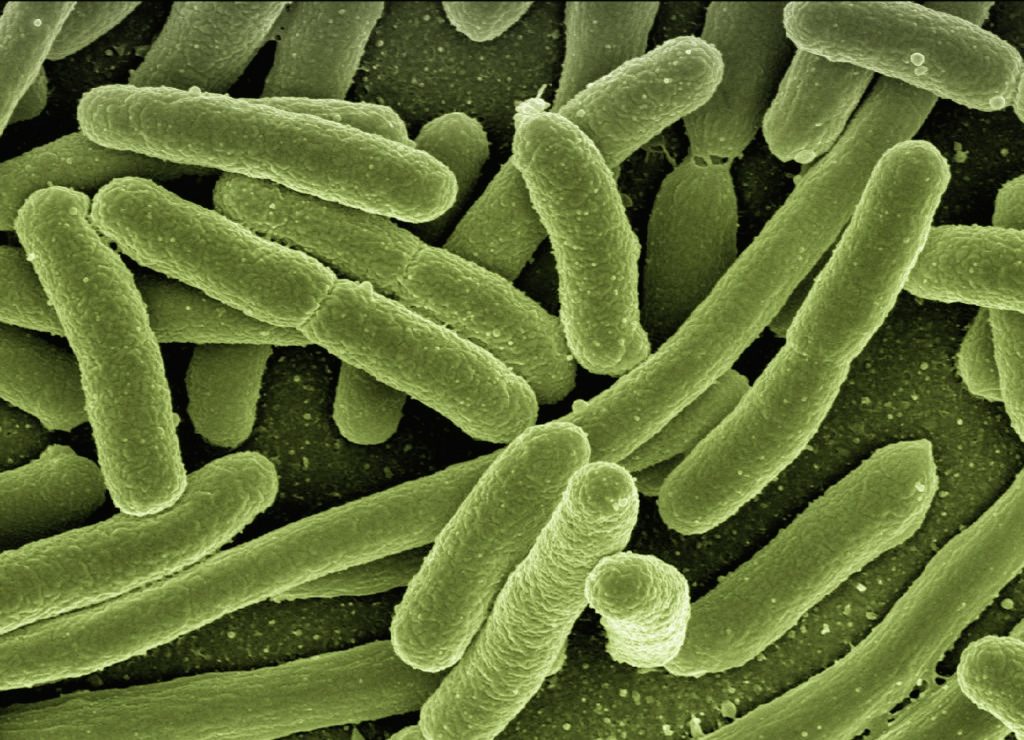
A newly discovered bacterium has been shown to have a possible link to type 2 diabetes and obesity, and may yield pathways to possible treatments.
It began when Patrice Cani, FNRS researcher at University of Louvain (UCLouvain), and his team repeatedly observed that a certain bacterium, Subdoligranulum, is usually lacking in obese and diabetic people, while it is systematically present in healthy people. Based on this, they decided to examine this family of bacteria.
Currently only one cultivated strain of this family is available in the world (the only known member of a large family) and was not the strain that was seen to be decreased in obese and diabetic people. This is not unusual: nearly 70% of bacteria in the intestine have not yet been identified — this is called the dark matter of the intestine.
In 2015, the team then set out to isolate the bacterium themselves in order to learn about its action on the human body, knowing that it is only present in healthy people. To find a second member of the family, the scientists spent two years searching, isolating and cultivating nearly 600 intestinal bacteria.
All of this was in vain. Instead, the UCLouvain team uncovered a bacterium of a new, previously unknown kind. They named it Dysosmobacter welbionis: Dysosmo (“which smells bad”, in Greek), bacter (bacterium) is the bacterium which stinks, “Because, when you grow it, it has a slight odour,” they explained. Welbionis for WELBIO, the organisation in the Walloon region which funded this research.
The bacterium is peculiar for a number of reasons, including the fact that it produces butyrate. Though many other bacteria produce this colon cancer-promoting molecule, for example by strengthening the intestinal barrier and boost immunity. But the team also discovered that Dysosmobacter welbionis was less present in people with type 2 diabetes.
By analysing the microbiota from 12 000 faecal samples gathered from around the world, the UCLouvain scientists observed that the bacteria is present in 70% of the population. As to why such a widely prevalent bacteria was never discovered before, the answer likely lies in the improved cultivation techniques developed by the UCLouvain team.
The UCLouvain team including doctoral student Emilie Moens de Hase and post-doctoral fellow Tiphaine Le Roy then tested the action of Dysosmobacter welbionis in mice. The Results? The bacteria increased the number of mitochondria (a kind of power plants within cells that burns fat), thereby lowering sugar levels and weight, in addition to having strong anti-inflammatory effects. All these effects are very promising for type 2 diabetic and obese subjects and resemble those of Akkermansia, a beneficial bacterium that is at the heart of the research in Patrice Cani’s lab.
They also observed that the bacteria’s effects are not limited to the gut: Scientists have found that certain molecules produced by Dysosmobacter migrate around the body and have distant actions as well. This could explain the effects the bacteria have on the fat tissues, and also opens the doors for a possible impact on other diseases such as cancer. This is currently being investigated by the team.
The next step is to test the action of Dysosmobacter welbionis coupled with that of Akkermansia, in order to see if their association has cumulative effect on health, while always keeping in mind the fight against type 2 diabetes, inflammatory diseases, obesity and cancer. “That’s the fun of research: you dig for dinosaur bones and you end up finding a treasure,” Patrice Cani enthused.
Source: Université catholique de Louvain
Journal reference: Roy, T. L., et al. (2021) Dysosmobacter welbionis is a newly isolated human commensal bacterium preventing diet-induced obesity and metabolic disorders in mice. Gut. doi.org/10.1136/GUTJNL-2020-323778.

